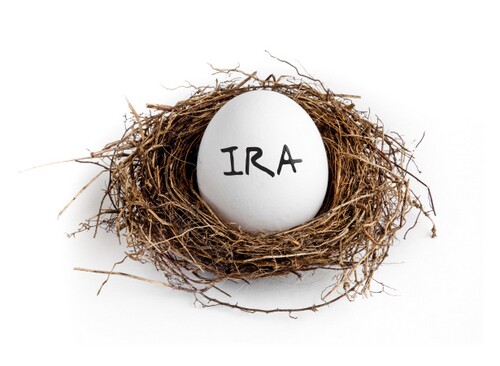
1. Consider Accelerating Income to 2012
Image:

2. Take Advantage of the 0% Rate on Investment Income
Image:

3. Time Investment Gains and Losses and Consider Being Bold about It
Image:

4. Leverage Standard Deductions by Bunching Deductible Expenditures
Image:

5. Business Tip: Save on New and Used Equipment and Software
Image:

6. Business Tip: Take Advantage of 50 Percent Bonus Depreciation
Image:

7. Don’t Overlook Estate Planning
Image:

8. For the Charitably Inclined: Sell Loser Shares and Give Away the Resulting Cash
Image:

9. Convert Traditional IRA into Roth IRA
Image:

10. Pay Attention to the Alternative Minimum Tax
Image:





